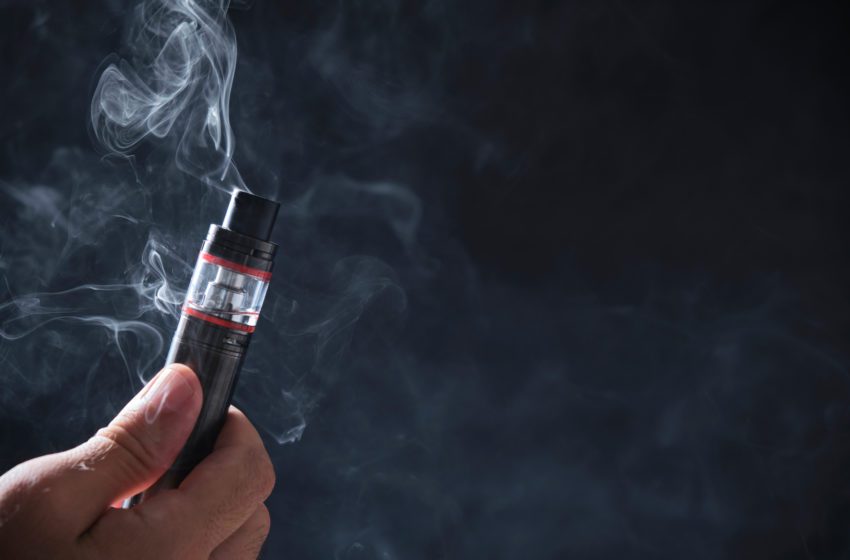
Industry experts explain why vaping regulations vary throughout Southeast Asia.
By Norm Bour
After living in Southeast Asia for the past year, I don’t have much more clarity about the vaping laws here than when I arrived. There is no commonality and no correlation between countries. And in many cases, there is no common sense either.
In the U.S., England and other large countries, there is usually just one regulatory agency in control, the proverbial Goliath to be fought by the Davids out there. The U.S. Food and Drug Administration has been the American tormentor for the dozen years I have been in the vaping industry, and even though some states—and in some cases cities—have instituted their own guidelines (thank you, San Francisco, for your 2018 flavor ban), at least the “enemy” is understood.
To get a better feel of what I might be missing, I contacted highly regarded and well-known Ecigintelligence and its parent company, Tamarind, which has offices in Barcelona, London and New York. They were kind enough to get thoughts from several of their team members.
Legal analyst Sergi Riudalbas Clemente identified Malaysia and Indonesia as being the furthest along regarding specific regulations for vaping in their countries.
“Malaysia and Indonesia have wanted to regulate these products for a long time, and they have finally decided to do so. This entails a comprehensive regulatory framework, in contrast to what other Asian countries have decided to do, which is to ban these products,” said Clemente, and I agree with those directions since they are attempting to control rather than ban the products, as they do in Thailand, one of the most draconian markets.
One of the biggest problems Clemente identified is that “harm reduction is never acknowledged, thus vaping is treated equally to tobacco products,” which is a misstep.
Freddie Dawson, who has also spent a decade in the industry, serves as managing editor at Tamarind Intelligence. According to him, one of the biggest culprits pushing the anti-vape message is the World Health Organization, which has historically focused on scare tactics like “accidental poisoning, youth corruption and unexpected consequences and side effects.”
Of the four Asian countries I have lived in since last year, just one, Malaysia, seems to take a commonsense and open-minded look at the vape scene. Dawson sees Malaysia following that same direction on the one “good” hand but Thailand staying the course on the other “bad” hand.
Another Tamarind employee, legal analyst Fernanda Tucunduva, cited a scary statistic from Vietnam. “Data from the authorities show that the use rate of e-cigarettes by young people (13–15) increased from 3.5 percent to 8 percent in one year,” Tucunduva said. “This is a big jump and seems to reflect a shifting preference among younger populations toward vaping and other nicotine alternatives.”
According to Statista, in Southeast Asia, the revenue generated in the e-cigarette market is projected to reach $700 million in 2024. The market is anticipated to experience a compound annual growth rate of 1.85 percent between 2024 and 2029. Compared globally, the United States leads in revenue generation, with an estimated $8.83 billion in 2024. Considering the total population figures, the per-person revenue in Southeast Asia is expected to be $1.25 in 2024. In Singapore, the strict regulations on e-cigarettes have led to a decrease in popularity and limited market growth.
As much as disposables have been a double-edged sword—convenient on the one hand, easily concealable on the other—it’s hard not to point at them as a catalyst to underage vaping. With such low price points and various options, there is something to suit anyone’s tastes.
Overall, in Asia, as well as the rest of the world, two enormous problems are limiting the vape market: education and the enforceability of the laws. Eva Antal, the group’s director of market analysis, shared her thoughts about the youth market in Vietnam and addressed the youths’tendencies to follow the crowd.
“It is true that younger age groups are more likely to experiment and that disposables are very easy to use, but it’s very hard to prove if that person would have started smoking if vapes were not around, and sad as that is, it is extraordinarily accurate,” she said. “Cigarettes have appealed to the youth market as long as kids looked for ways to rebel against their parents, authorities and society as a whole.
“Decades ago, before cigarettes were identified as being the cancer-causing vehicles they are, most parents discouraged their kids from doing it, but since they probably did it themselves, they didn’t want to appear hypocritical.”
In developing nations, cigarettes are too prevalent and familiar, and seeing construction workers and vendors smoking in the streets is an everyday situation. When I wrote in an earlier article about Vietnamese cigarettes being crazy cheap at a price of $1.33 (second only to Nigeria), I was reminded that that price was a significant percentage of their gross income.
Dawson reiterates the enforceability issue as significant in Asia and elsewhere. Vapers more often do not make their own vaping devices; they buy them somewhere.
He writes, “In the American market, 99 percent of the products currently being sold are technically illegal as they do not have a PMTA [premarket tobacco product application] market authorization.” Whether we are critical of the entire PMTA process or just its convoluted nature, these two wrongs do not make a right.
“In Australia, Uber drivers were, until recently at least, openly advertising the sale of e-cigarettes despite there being a prohibition in place,” stated Dawson.
Malaysia may be at the forefront of regulation in Southeast Asia with its Generational Endgame provision, which was part of the Control of Smoking Products for Public Health Act 2024.
It appears that industry pressure from various places has kept this regulation off the table. It would have prohibited the sale of vaping and tobacco products to anyone born after Jan. 1, 2007, and two different Tamarind persons indicated that there seem to be political and financial motives to keep things at the status quo.
Norm Bour is the founder of VapeMentors and works with vape businesses worldwide. He can be reached at norm@VapeMentors.com.























